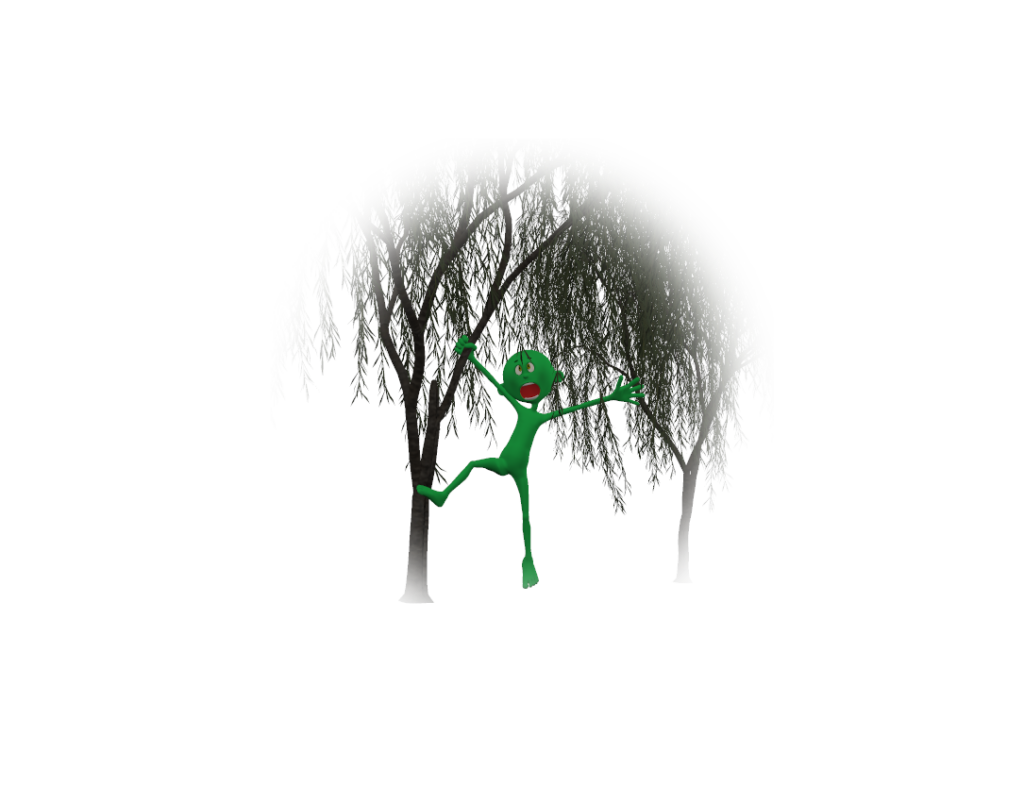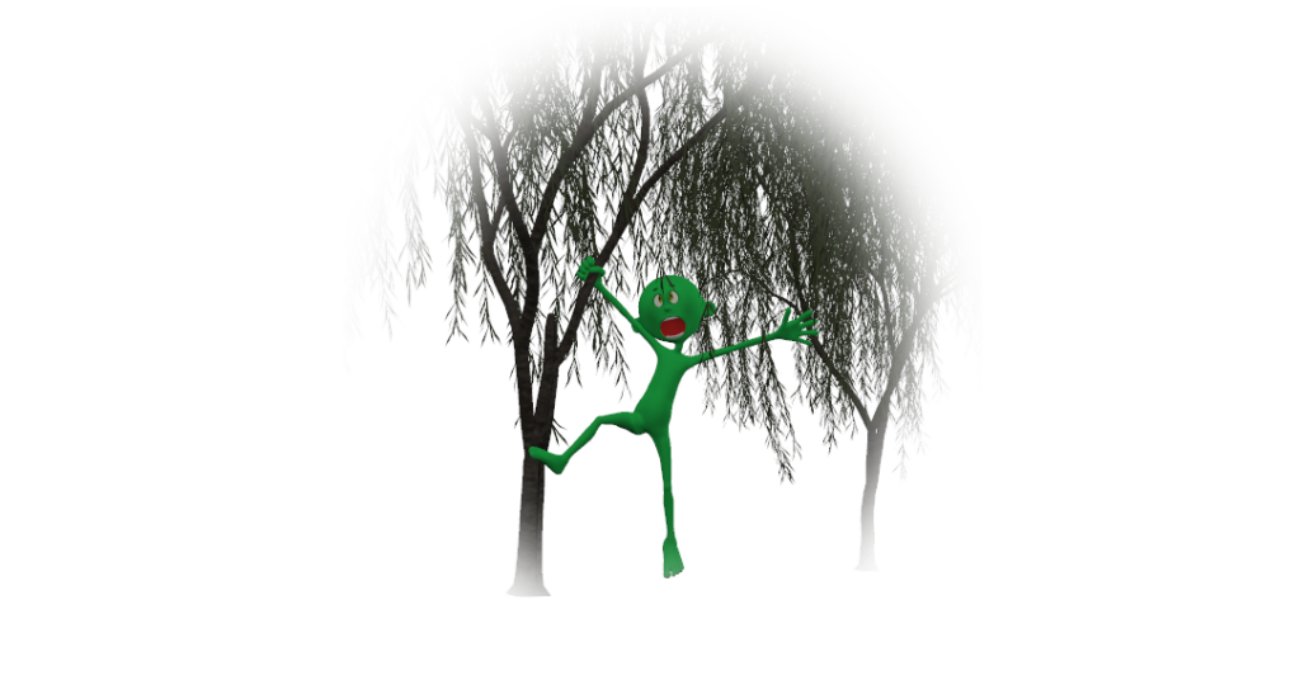A walk in the woods
Estimated Reading Time: 3 min, 45 sec
With so many in the population struggling to be habitually active, it is timely to reality check some of the contemporary health promoting activities that have proliferated globally. Both the fitness and sport industries enthusiastically beckon people to come join them. Their pitches pale, however, compared to the heavily funded ‘physical activity for health’ promotions being pushed out by government agencies and non-governmental organisations (NGOs). While those initiatives are all well intentioned, the consensus is that population physical activity and sedentary behaviour patterns remain resistant to those messages (e.g. Szymczak et al., 2020). One less appreciated option that I want to discuss here is the ‘Green exercise’ (GE) choice. For various reasons GE has been largely ignored, but thankfully there has been a recent resurgence in research exploring the value of physical activity in nature – well worth a read!
Being physically active in natural environments (GE) provides health benefits over and above those obtained when exercising indoors or in built environments (Wood & Smyth, 2020). Supposedly, GE positively contributes to affect (internal emotions), improves life satisfaction, cognitive functioning, physical health and self-esteem, and helps reduce stress (Woods & Smyth, 2020). Back in 2005, Pretty and colleagues wondered whether you had to be active in nature, or whether just being in the presence of nature, or simply viewing nature, would provide some of those benefits (Pretty et al., 2005). They had participants run on a treadmill while viewing images of either rural pleasant, rural unpleasant, urban pleasant, or urban unpleasant scenes. It may not surprise you that during exercise, pleasant rural scenes – lambs frolicking by tree-lined ponds – had the greatest influence, reducing blood pressure by around 10 mm Hg and improving measures of self-esteem and mood. As many of us experienced during the Covid-19 enforced lockdown, there is clearly something about being in proximity to, or gazing out on nature that transmits positive feelings of wellbeing. For me, outside was a welcome and necessary escape.

Calogiuri et al. (2017) claim that when active in the outdoors, we focus on external factors like our surroundings rather than the usual internal factors like breathing and heart rate, or how we look. They claim that people seeking sport-based activity are often craving the enjoyment and mastery it provides, whereas those in fitness groups and joining gyms often have appearance related and sociability motives. While there may be some substance to these sweeping generalisations, they have overlooked those who are active for health reasons with different motives again. Brymer et al. (2014) drill down a little deeper on GE, suggesting six categories of value as; sharpened senses, feeling connected with nature, enhanced wellbeing and quality of life, feeling energised, here and now thinking, and having a sense of tranquility – I’d expect many of those to resonate with you.
When we look at structured exercise we tend to focus on the facilities, the instruction and the qualities that those can provide. Brymer et al. (2014) offer an alternate perspective, suggesting that GE is more about ‘affordances’ and the possibilities of what the outdoors allows us to do. Consider the opportunities, challenges and excitement of playing in the outdoors versus playing in a built playground with more restrictions on variations and a likely shorter path to boredom. In this vein, Wood & Smyth (2020) highlight just how much children’s radii of roaming have decreased over generations. Safety fears, a vehicle obsessed culture, and an emphasis on structured opportunities have resulted in a shrinking spheres of play where children barely venture, and experiment less.
Nature is always open – it offers 24/7 convenience. We are usually close to some form of outdoor environment, and we know seeing it, being near it or in it, is highly satisfying and motivating. It is free, fits any schedule, and is self-paced. GE exercise is functional and can be self-regulated to suit one’s comfort, fitness, preferences and feelings. There’s no peer pressure, no opposition and no instructor urging you on to one more repetition! And GE activity can readily scale in terms of difficulty and intensity – recreational activity can morph into outdoor competitive events, which could lead to outdoor adventure sport.
Fraser et al. (2019) found that GE made people feel ‘happy’, viewed as fun, and made people feel fitter. Some found it health promoting and intellectually stimulating. All those ticks make me wonder why GE is not given more priority. I’m speculating here, but could it be because overall GE does not have the same commercial value as say the fitness industry? Adventure tourisms generates income and I know some personal trainers take their clients outdoors – as an aside, to pay someone to take you outside seems kind of flawed! I’m guessing that outdoor activities don’t get recorded and tabulated like sports association memberships or gym visits. So, it’s not really being counted. I’m also going to stick my neck out and wonder here whether it’s because the powers that be can’t tell you what to do or how to do it. They don’t get to monitor and record your participation – therefore they can’t take credit!
All that aside, what an attractive option for some? If we could just help others to place more value on GE. If we could somehow assure individuals that GE is physical activity, not something trivialised, not just a whimsical walk in the bush, we might get more participation. As discussed in Tracking the trivial (https://the10thman.org/physical-activity/trivial/) all activity has value, and in GE that value extends well beyond the physical.
Best Phil
References
- Brymer, E., Davids, K., Mallabon, L. (2014) Understanding the Psychological Health and Well-Being Benefits of Physical Activity in Nature: An Ecological Dynamics Analysis. Ecopsychology 6(3): 189 – 197
- Calogiuri, G., Elliott, L.R. (2017) Why Do People Exercise in Natural Environments? Norwegian Adults’ Motives for Nature-, Gym-, and Sports-Based Exercise. Int. J. Environ. Res. Public Health, 14, 377; doi:10.3390/ijerph14040377
- Fraser, M., Munoz, S-A., MacRury, S. (2019) What Motivates Participants to Adhere to Green Exercise? Int. J. Environ. Res. Public Health 2019, 16, 1832; doi:10.3390/ijerph16101832
- Pretty, J., Peacock, J., Sellens, M., Griffin, M. (2005) The mental and physical health outcomes of green exercise, International Journal of Environmental Health Research, 15:5, 319-337
- Szymczak, H., Keller, L., Debbeler, L.J., Kollmann, J., Lages, N.C., Gollwitzer, P.M., Schupp, H.T., Renner, B. (2020) An Increase in Vigorous but Not Moderate Physical Activity Makes People Feel They Have Changed Their Behavior. Front. Psychol. 11:1530. doi: 10.3389/fpsyg.2020.01530
- Wood, C. J. & Smyth, N. (2020) The health impact of nature exposure and green exercise across the life course: a pilot study, International Journal of Environmental Health Research, 30:2, 226-235
